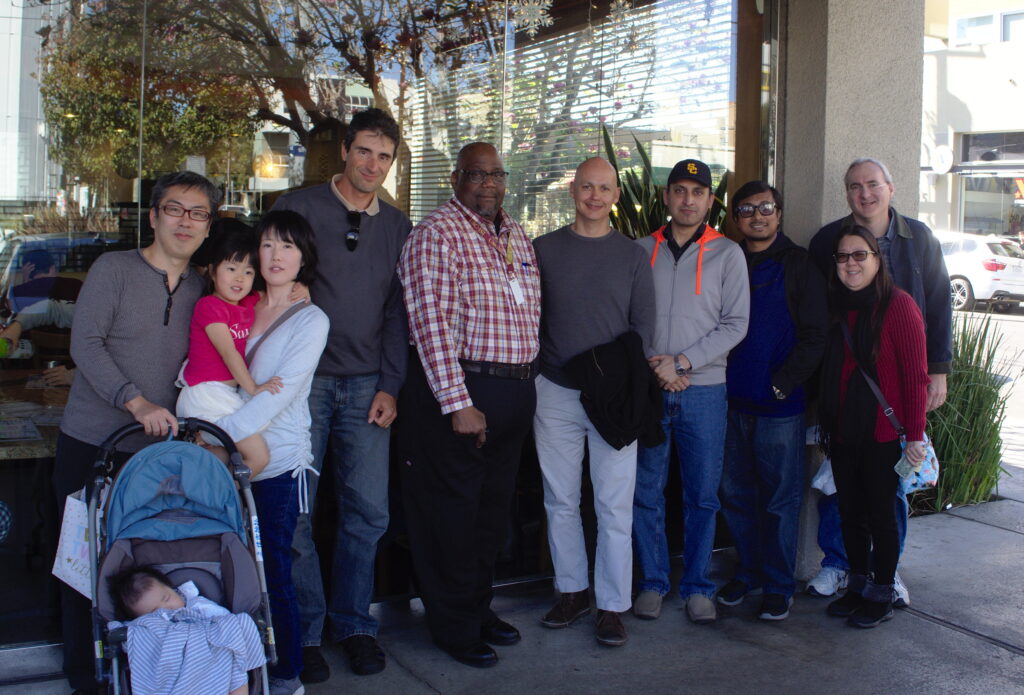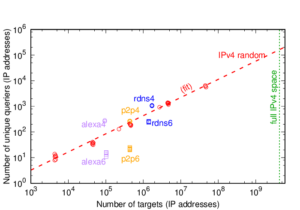We are happy to share that two of our older topics have appeared more recently in other venues.
Our animations of the diurnal Internet, originally seen in our 2014 ACM IMC paper and our blog posts, was noticed by Gerald Smith who used it to start a discussion with seventh-grade classes in Mahe, India and (I think) Indiana, USA as part of his Fullbright work. It’s great to see research work that useful to middle-schoolers!
Kensuke Fukuda recently posted about our work on identifying IPv6 scanning with DNS backscatter at the APNIC blog. This work was originally published at the 2018 ACM IMC and posted in our blog. It’s great to see that work get out to a new audience.

